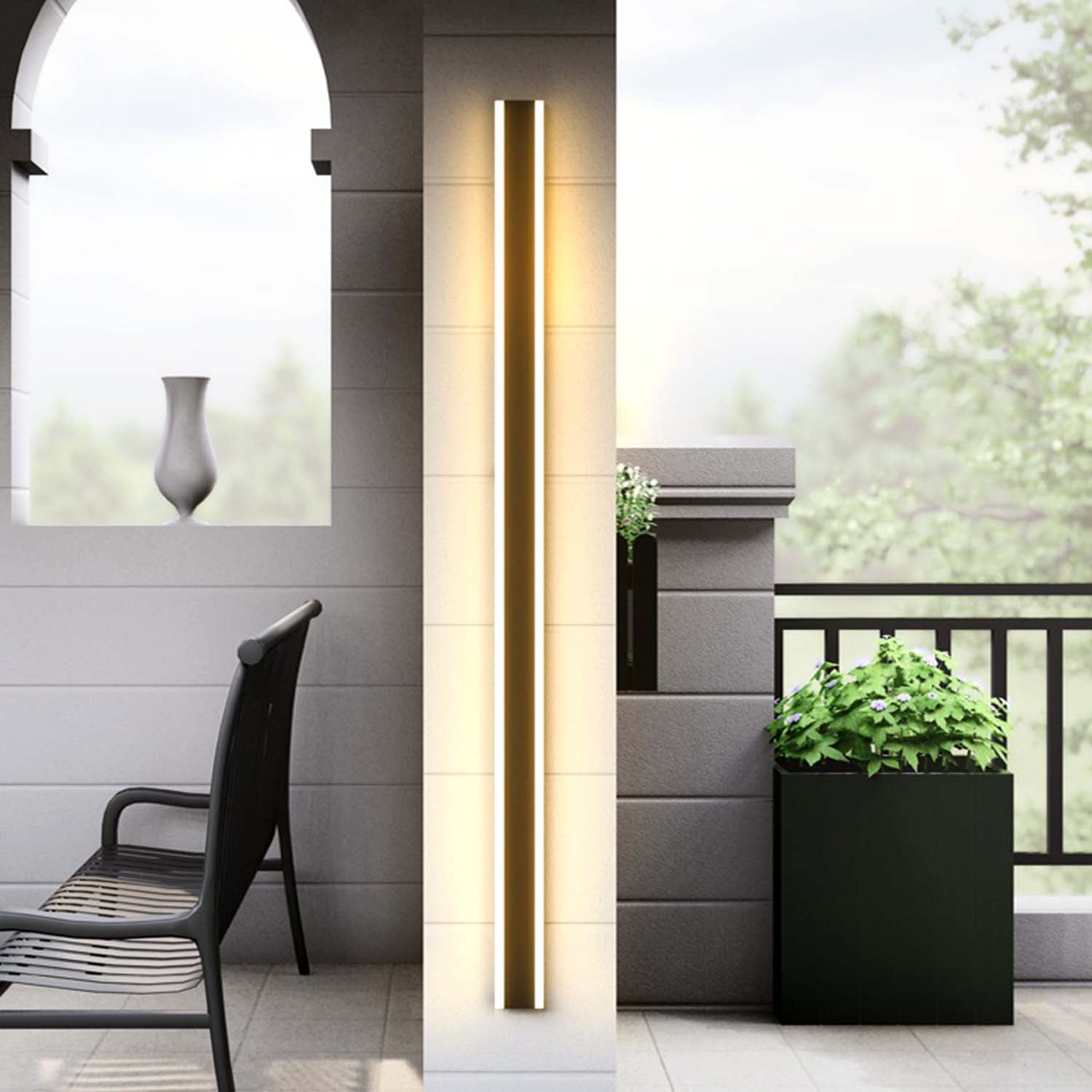Investigating various Impact of Different LED Techniques regarding Brightness Intensities and Their Uses
Wiki Article

Illumination Emitting Diodes, generally recognized as LEDs, have transformed the way we think about lighting. Such tiny components create illumination when an electric current passes through them. The luminance intensity of LEDs differ significantly depending on the type of technology used. Different LED technologies such as standard LEDs, high-power LEDs, and organic LEDs (OLEDs) offer distinct advantages and applications. Understanding these variations helps consumers and industries select the most appropriate LED solutions for their needs.
Traditional LEDs are the widely frequent kind and are extensively utilized in everyday applications like indicator lights on electronics and decorative lighting. They typically emit a lower level of brightness, which makes them appropriate for applications in which less intense illumination is needed. Such LEDs are energy-conserving and have a extended service life, which is why they are preferred for use in homes and offices. Their efficiency is gauged in lumens per watt, making them an economical choice for low-intensity lighting solutions.
High-power LEDs, on the contrary hand, are engineered to generate substantially more light than standard LEDs. These LEDs can be found in applications that require bright illumination, such as streetlights, automotive lighting, and commercial lighting. The increased brightness results from the capacity to manage higher amounts of electrical current, allowing them to produce more lumens. check this Powerful LEDs are also energy-efficient, making them a preferred option for outdoor and commercial lighting initiatives in which visibility and safety are vital.
Organic LEDs (OLEDs) offer another novel alternative in the LED landscape. In contrast to conventional LEDs, OLEDs use organic compounds to produce light. This technology allows for slimmer and more flexible configurations, rendering OLEDs perfect for contemporary displays such as televisions, mobile devices, and portable devices. While OLEDs can led wall rental for sporting events offer superior color quality and contrast, they are generally often costly and have a limited lifespan compared to traditional and powerful LEDs. Their unique characteristics make them suitable for applications in which design and aesthetic excellence are prioritized, such as in premium consumer devices.
The choice of LED method ultimately depends on the particular needs of the consumer. Considerations such as luminance, energy effectiveness, and usage requirements play a major role in deciding what type of LED is best suitable. As advancements continues to advance, the development of LED products will probably lead to even more effective and versatile illumination options for various sectors and everyday utilization. Understanding the influence of different LED technologies on luminance levels is essential for executing informed decisions about lighting options in both home and business environments.